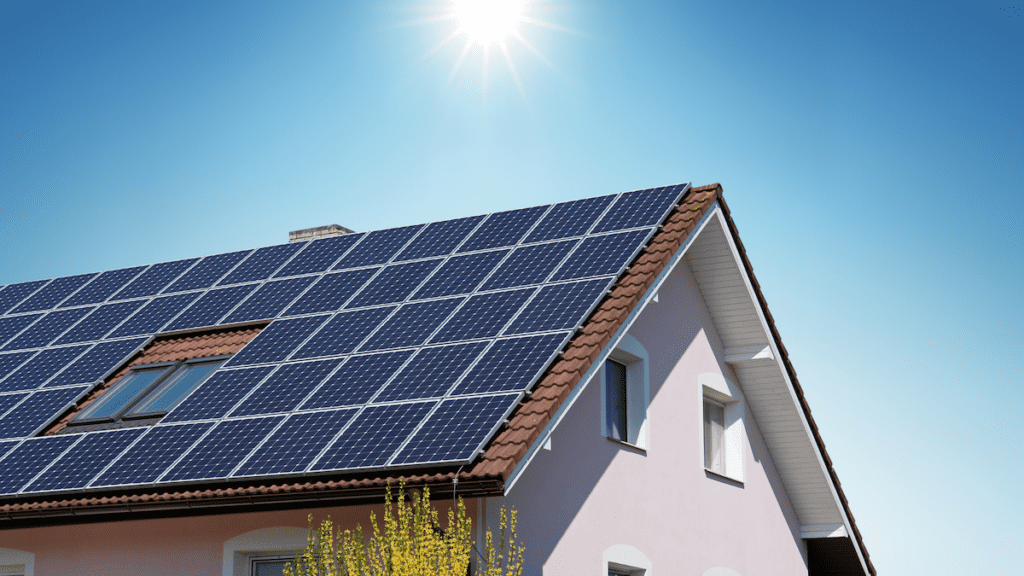In the face of pressing environmental challenges and the urgent need for a transition to renewable energy, distributed energy systems have emerged as a promising solution.
By decentralizing energy generation and empowering local communities, these systems offer a pathway to a more sustainable and resilient future.
Below, we will explore the concept of distributed energy systems, look into their benefits, and highlight notable examples and advancements that showcase their potential in revolutionizing our energy landscape.
According to the Rocky Mountain Institute, decentralized renewable energy systems have the potential to provide affordable, reliable electricity to more than one billion people globally who currently lack access to electricity.
What are Distributed Energy Systems?
Distributed energy systems, also referred to as distributed generation, are characterized by their departure from the conventional model of centralized power generation and distribution.
Instead of relying solely on large-scale power plants and extensive transmission networks, these systems incorporate localized and diverse energy sources.
They encompass a range of technologies, including solar panels, wind turbines, small-scale hydroelectric plants, biomass facilities, and energy storage solutions.
The Benefits of Distributed Energy Systems
Distributed energy systems offer a host of compelling advantages that contribute to a more sustainable and resilient energy infrastructure:
- Renewable Energy Integration: Distributed systems enable the seamless integration of renewable energy sources into the grid, such as solar and wind power, reducing reliance on fossil fuels and promoting a cleaner energy mix.
- Enhanced Energy Efficiency: Locating energy generation closer to the point of consumption minimizes transmission and distribution losses, resulting in improved overall energy efficiency.
- Grid Resilience: Distributed energy systems enhance grid resilience by reducing the vulnerability to single points of failure. In the event of disruptions or outages, localized generation sources can continue to supply electricity to critical infrastructure and communities.
- Empowered Communities: By allowing individuals, businesses, and communities to generate their own energy, distributed systems foster a sense of ownership, self-reliance, and economic empowerment.
Examples of Distributed Energy Systems
Throughout the world, several noteworthy projects and innovations have exemplified the potential of distributed energy systems.
Rooftop Solar Installations

By harnessing solar energy on rooftops, homes, and commercial buildings, distributed solar installations provide clean and renewable energy at the point of consumption, reducing strain on the grid.
Wind Microturbines
Small-scale wind turbines, suitable for urban and rural areas, are integrated into distributed energy systems, harnessing wind power to generate electricity locally.
Combined Heat and Power (CHP) Systems
CHP systems, also known as cogeneration, simultaneously produce electricity and useful heat from a single fuel source. These systems are ideal for hospitals, universities, and industrial complexes, improving energy efficiency and reducing emissions.
Virtual Power Plants (VPPs)
VPPs connect and manage a network of distributed energy resources, such as solar panels, batteries, and electric vehicles. By aggregating these resources, VPPs optimize energy generation, storage, and demand response, enhancing grid stability and flexibility.
Blockchain-based Energy Trading
Distributed energy systems leverage blockchain technology to facilitate peer-to-peer energy trading. This enables individuals and businesses to directly exchange energy, promoting localized energy markets and supporting the efficient use of renewable energy.
Distributed energy systems hold immense potential in shaping a sustainable and resilient future. By embracing localized energy generation and diverse renewable sources, we can achieve energy security, enhance grid resilience, and reduce greenhouse gas emissions.
From rooftop solar installations to wind microturbines and advanced energy management platforms, distributed energy systems offer innovative solutions that empower communities, increase energy efficiency, and transform our energy landscape.
As technology continues to evolve, distributed energy systems will play an increasingly vital role in our pursuit of a sustainable and equitable future. Let us embrace this transformative shift, unlock the potential of distributed energy








